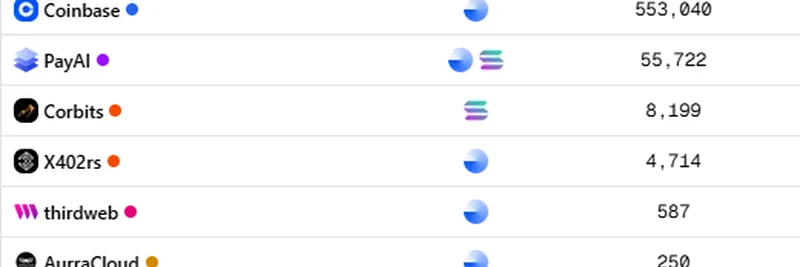In the fast-paced world of cryptocurrency, narratives can shift quicker than a meme token's pump. A recent tweet from @basedkarbon captures this phenomenon perfectly, questioning why all the doom and gloom surrounding Ethereum has suddenly gone quiet now that ETH is trading at around $4500.
The tweet, posted on August 12, 2025, reads: "I feel like it's been ages since I heard about... - Ethereum's parasitic L2s - Ethereum's fatal design flaws - Ethereum's marketing problem - All the ETH influencers left and went to Farcaster. What happened to all the terrible unsolvable problems? $4500" You can check out the original post here.
For those new to the space, let's break this down. Ethereum, often called the backbone of decentralized finance (DeFi) and non-fungible tokens (NFTs), has faced its share of criticism over the years. "Parasitic L2s" refers to Layer 2 solutions – think of them as add-on networks built on top of Ethereum to make transactions faster and cheaper. Critics argue these L2s, like Optimism or Arbitrum, siphon value away from the main Ethereum chain without giving back enough.
Then there's the "fatal design flaws." Ethereum's original architecture struggled with scalability, leading to high gas fees (transaction costs) during peak times. This made it unusable for everyday folks, sparking debates about whether it could ever compete with faster blockchains like Solana.
The "marketing problem" points to Ethereum's perceived lack of hype compared to flashier rivals. And the bit about influencers fleeing to Farcaster? That's a decentralized social network built on Optimism (an L2), where many crypto voices migrated, leaving Ethereum's ecosystem feeling a bit empty.
But as the tweet slyly notes, with ETH's price climbing to $4500, these issues seem to have evaporated. It's a classic case of "price fixes everything" in crypto. When assets pump, the FUD (fear, uncertainty, and doubt) fades, and suddenly, everyone's bullish again.
This isn't unique to Ethereum – it's a lesson straight out of the meme token playbook. Meme coins like Dogecoin or newer ones on Solana thrive on narratives and community hype. A price surge can turn skeptics into believers overnight, while a dip brings out the doomsayers. For blockchain practitioners and meme enthusiasts alike, understanding these shifts is key to navigating the market.
Replies to the tweet echo this sentiment. One user quipped, "narrative follows price," while another said, "price action > anything else." It's a reminder that in crypto, sentiment often trails the charts.
So, what changed for Ethereum? Well, ongoing upgrades like the Dencun hard fork have improved L2 efficiency, reducing costs dramatically. Developer tools are maturing, and institutional interest is pouring in. But let's be real – the price rally plays a huge role in silencing critics.
If you're into meme tokens, take note: Build strong narratives, but remember, nothing beats upward momentum. As ETH shows, even "unsolvable" problems can become footnotes when the numbers look good.
Stay tuned to Meme Insider for more on how narratives shape the crypto world, from meme coins to major blockchains.



